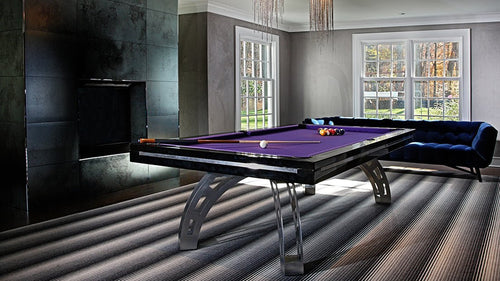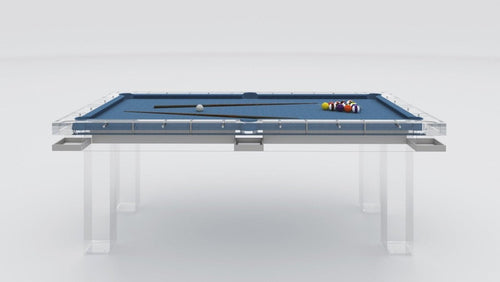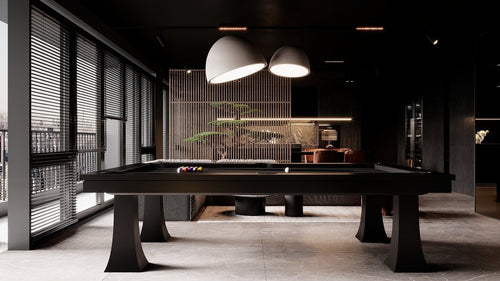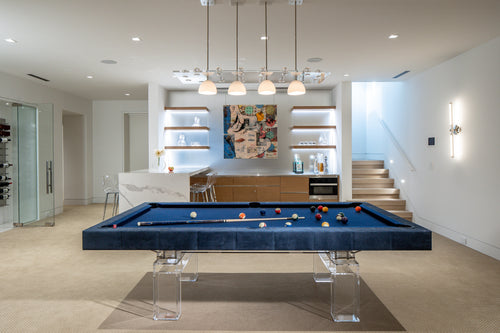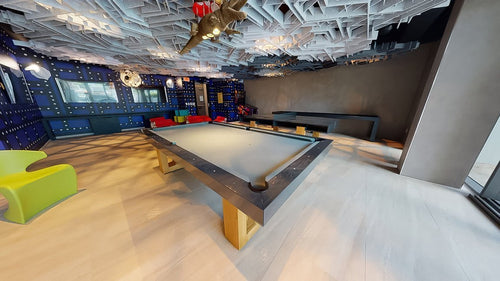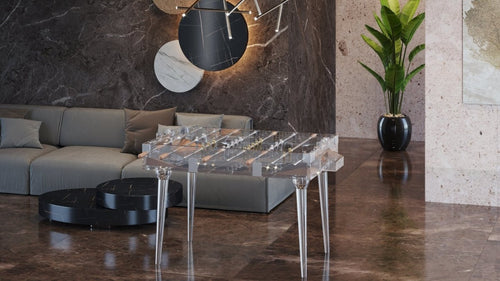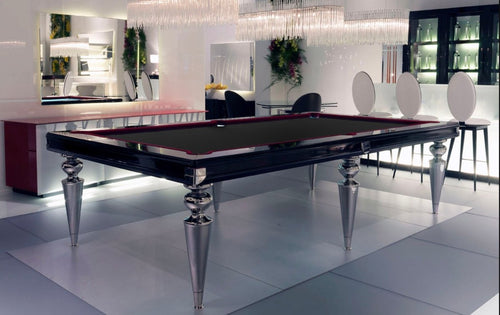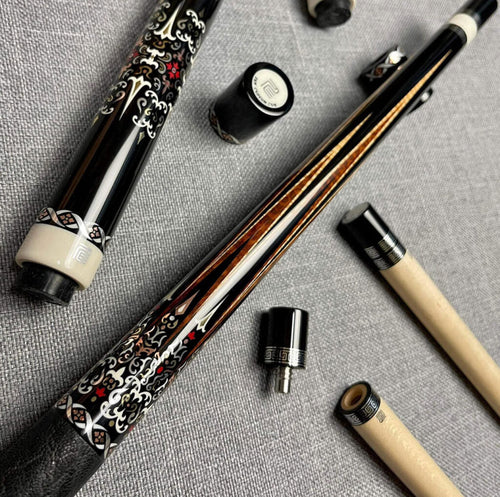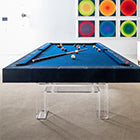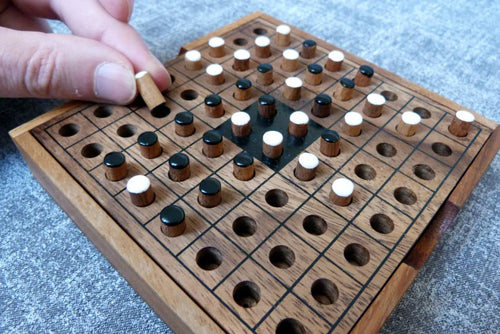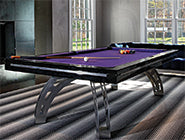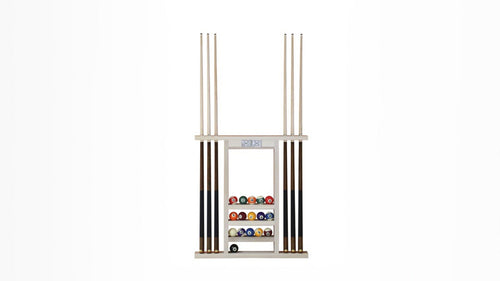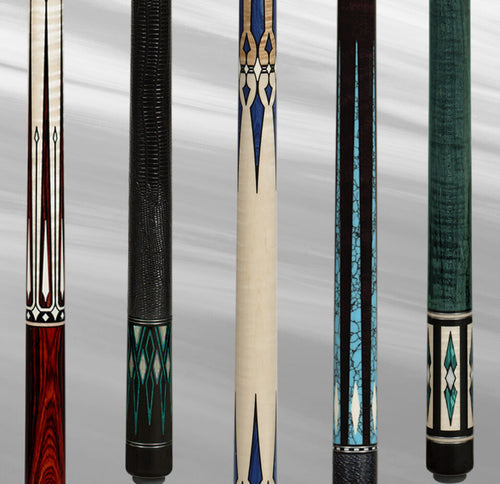Enjoy our modern designs
Estimated Read Time: 5 mins |
Ancient Greece is widely revered for its contributions to architecture and design. While its temples and public buildings showcase monumental grandeur, its domestic interiors and furnishings reflect more modest but no less influential design innovations. The concept of the Architectural Order, the simplicity and logic of Greek house planning, and the elegance of the Klismos chair collectively illustrate the Greek pursuit of beauty, proportion, and utility—an ethos that shaped Western design traditions for millennia.
The Greek Architectural Orders: Systems of Proportion and Expression

Doric Order
- Oldest and most admired: Known for its austere, muscular character.
- Features no base, rising directly from the stylobate.
- The capital includes a rounded echinus and a square abacus.
- Columns taper slightly with entasis, adding visual refinement.
- The entablature consists of a plain architrave, a frieze with triglyphs and metopes, and a projecting cornice.
- The Parthenon in Athens is the most celebrated Doric structure.
Ionic Order
- More slender and decorative than Doric.
- Adds a base to the column.
- Characterized by volutes—spiral scrolls in the capital.
- Frequently used in structures like the Erechtheum and Temple of Athena Nike.
- Often described as more “feminine,” conveying elegance and grace.
Corinthian Order
- Latest and most ornate of the three.
- Features an elaborate capital adorned with acanthus leaves and small volutes.
- The tallest of the orders, suggesting lightness and luxury.
- Widely used by the Romans and revived during the Renaissance and the Greek Revival.
Each order reflected not just style, but philosophical ideals of balance and harmony. The Greek understanding of proportion, particularly the use of a module based on the column diameter, influenced everything from temples to townhouses—and continues to shape neoclassical architecture today.
Greek Houses: Domestic Simplicity and Courtyard Planning
Layout and Materials
- Groupings of rooms around an open central courtyard.
- Constructed from sun-dried brick or rough stone, with whitewashed stucco or plaster finishes.
- External facades were mostly blank, emphasizing privacy and inward focus.
Interior Organization
- Andron: Formal reception room for men, echoing the earlier megaron layout.
- Central open court: Often the heart of the home.
- Surrounding spaces: Oecus (living area), kitchen, bedrooms, and service rooms.
This layout balanced social hierarchy with functional needs, demonstrating a deliberate spatial logic in Greek domestic life.
The Klismos Chair: Elegance in Ancient Furniture

- Curved legs: Front and back curve outward gracefully.
- Curved backrest: Extends from the rear legs to cradle the sitter.
- Open frame seat, often webbed with leather straps.
- Constructed using steam bending or by selecting naturally curved wood.
The stele of Hegisto (ca. 410 B.C.E.) depicts a woman seated in a Klismos chair, underscoring its refinement and association with wealth and dignity. Its form, though unconventional structurally, exemplifies Greek mastery of beauty and function.
Lasting Influence and Classical Legacy
- The Orders shaped Roman architecture and were revived during the Renaissance.
- Greek domestic planning influenced Etruscan and Roman house design.
- The Greek key motif became a universal decorative element.
- Klismos forms were reproduced in Roman, Neoclassical, and modern interiors.
From Doric temples to private courtyards and the Klismos chair, Greek design principles of harmony, proportion, and elegance laid the groundwork for centuries of Western aesthetics.


